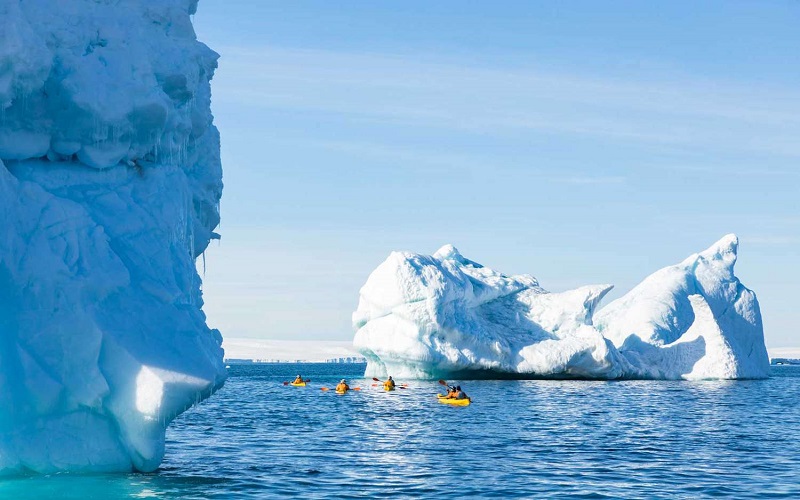Visiting Antarctica is one of the most exciting trips you can ever take, but it’s not for everyone. Although it is expensive, the people who have been there agreeing that it is truly spectacular, and an unforgettable trip.
In this article, you will have an overview of what you should think about when planning a trip to Antarctica.
Choosing the right time
The tour season in Antarctica spans about five months, especially during the summer in the southern hemisphere (November to March). All other times of the year are extremely cold, dark, and icy.
Although after the season there will be fewer people around, a large part of the fauna will already have gone to the sea. During these months, some of the things you can expect are:
- November – The ice begins to break up and it is mating season for penguins and other birds.
- December / January – Penguin chicks hatch and are fed and raised on the breeding grounds.
- February / March – Penguin chicks leave the nest, adult penguins move in, and whales are easy to spot.
Deciding how to travel to Antarctica
Most visitors to Antarctica travel by boat , with a few intrepid travelers going on yachts. Each option has its pros and cons, but none of them are cheap, so it really comes down to preferences in comfort, shore visits, and other services offered by the tourism organizations in question. Most of the trips to the Antarctic region leave Argentina (Ushuaia, Port Stanley, Buenos Aires, Puerto Madryn) and Chile (Punta Arenas).
There are also icebreaker trips, and sometimes helicopters for tourists visiting emperor penguin colonies, historic huts, the dry valleys, etc. These trips depart from places like New Zealand, Australia, and South Africa.
The best way to find ship options is to visit the International Association of Antarctic Tour Operators (IAATO) at www.iaato.org and look in their “membership directory”.
Traveling on a large ship will provide you with the highest level of comfort, but you will also have to spend time with the largest number of people. On the high seas, these vessels are the most comfortable, but strict guidelines on the number of people who can visit shore will limit your opportunities for visits on land.
Smaller vessels allow more time on land. This is due to tourist guidelines that limit landings to groups of 100 people.
Consider air travel to Antarctica
There are several companies that offer flights to Antarctica, from Punta Arenas in Chile, from Cape Town in South Africa, and from Qantas in Australia. Some flights are simply meant to fly over, and you can see Antarctica from the air, while some offer cruise options.
Other flights go straight to Antarctica and you have to stay at the base or camp set up for tourist purposes only. Please note that flights are subject to cancellation due to bad weather and other security issues. The best approach to evaluating flight options is to read guidebooks written specifically for Antarctica.
As with boat trips, the only thing you can expect is to pay a considerable amount of money.
Expeditions to the Antarctic
Expeditions to l’Antártida tend to be of short duration (around 3 hours or less) and you will always be accompanied by a guide unless you have gone on a private expedition.
Hazards and safety
The Antarctic environment is dangerous for humans. The weather is very changeable and it is always cold, even in the summer.
There are hazards such as crevasses in ice fields and glaciers, and fire hazards are high in a very dry environment, so handling any flammable material must be done with care.
There are no vaccination requirements for Antarctica, but you must be fit and in good health, as medical treatment will be basic.
Respect the fragility of the Antarctic environment
The Antarctic environment is fragile and aside from expeditions and bases, very little human change has occurred. Wildlife remains unafraid of humans due to a lack of long-term negative interaction. It is important to respect the untouched nature of Antarctica and ensure that tourism does not have a negative impact. There are visitor regulations adopted under the Antarctic Treaty that regulate the actions of visitors to Antarctica and these are worth reading as part of your preparation for your visit. Some of the basic elements to consider are:
- Don’t go too close to wildlife and don’t do anything to disturb wildlife.
- Do not throw trash. You must pack it all.
- Don’t break anything. All human-built structures have historical value. You also can’t write on anything like rocks or other earth elements.
- You can take photos of items but you can’t move them.
Tips
This is one of those trips that people cannot forget. If you don’t mind the cold, this could be the perfect trip, which will create a lifetime memory.



